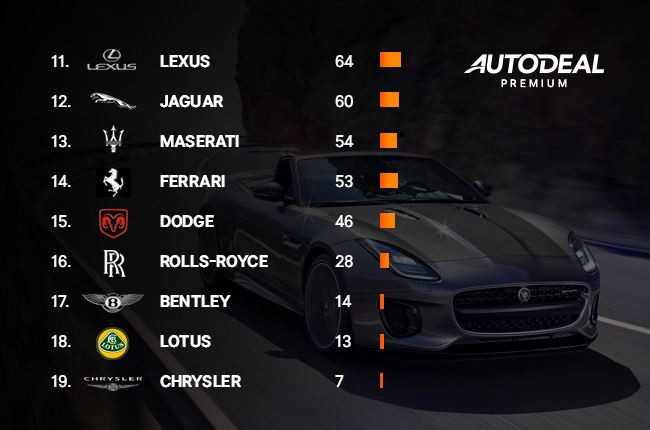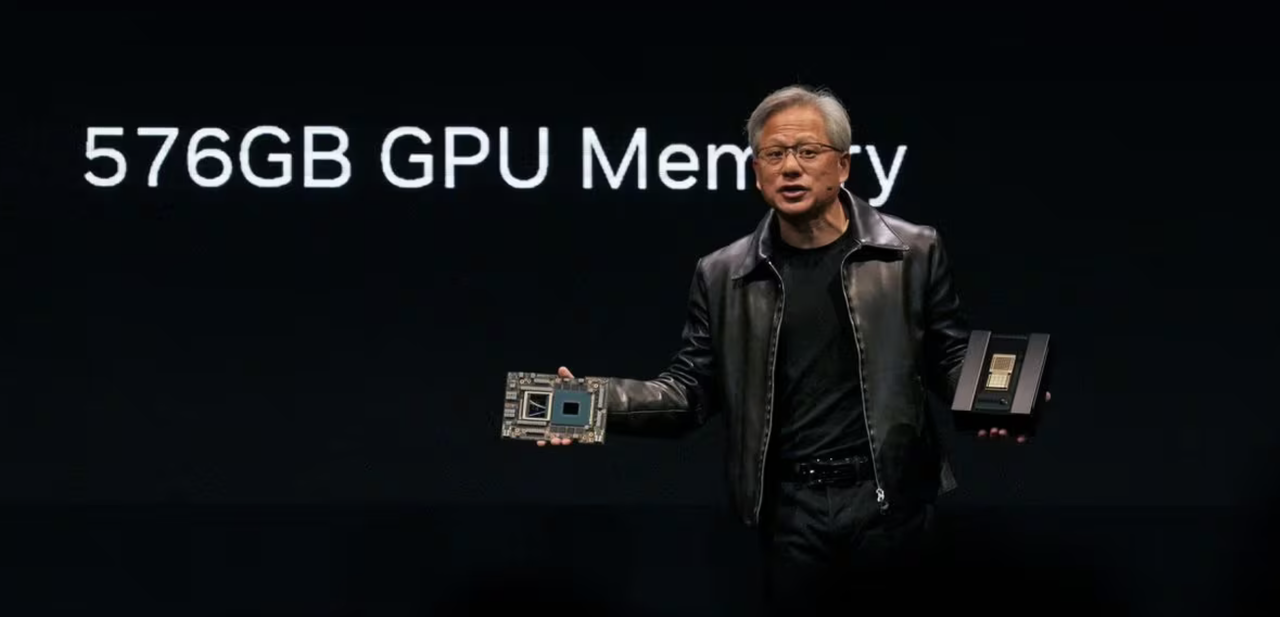The China Factor: Analyzing The Difficulties Faced By Premium Car Brands

Table of Contents
Intense Domestic Competition
The rise of powerful domestic luxury brands poses a significant threat to established premium car brands. This intense competition is driven by several factors:
Rise of Domestic Luxury Brands
Chinese brands are rapidly improving their offerings, creating a fiercely competitive landscape. They are increasingly matching, and in some cases exceeding, the quality and features of established foreign brands, while offering competitive pricing and features tailored to local preferences.
- Examples: Hongqi, with its focus on national pride and modern design, is making significant inroads. BYD's high-end Dynasty series and Ocean series demonstrate technological advancements and stylish designs. Geely's premium brand, Lynk & Co, offers a compelling alternative to traditional luxury marques. These brands are not simply copying; they're innovating and catering directly to the evolving needs of the Chinese consumer.
- Impact: This escalating competition leads to erosion of market share for established premium brands. It necessitates aggressive pricing strategies, often resulting in price wars that squeeze profit margins and force a need for stronger product differentiation. The Luxury Car Market China is becoming increasingly focused on local brands.
Aggressive Pricing Strategies
Domestic brands often leverage lower production costs and government subsidies to offer highly competitive pricing, putting immense pressure on the profit margins of foreign premium car brands.
- Strategies: Chinese brands benefit from economies of scale, highly efficient supply chains, and government support, including subsidies and tax breaks, enabling them to offer lower prices without sacrificing quality.
- Impact: Reduced profitability necessitates cost optimization strategies for foreign premium brands, potentially impacting features, quality, or margins. The China Factor demands a careful balancing act between maintaining brand prestige and competing on price.
Understanding Chinese Consumer Preferences
Successfully navigating the Luxury Car Market China requires a deep understanding of unique consumer preferences, which differ significantly from those in Western markets.
Technological Sophistication
Chinese consumers are highly tech-savvy and demand cutting-edge technology features. They expect advanced functionalities and seamless connectivity in their vehicles.
- Examples: Advanced driver-assistance systems (ADAS), such as lane keeping assist and adaptive cruise control, are highly valued. Connected car features, including over-the-air updates and integrated smartphone apps, are essential. Sophisticated infotainment systems with large touchscreens and intuitive interfaces are expected.
- Impact: Premium brands must invest heavily in R&D to keep up with the rapid pace of technological advancement and stay ahead of the competition. Failure to meet these expectations can significantly impact sales.
Brand Image and Prestige
While luxury is valued, the definition of prestige in China can differ significantly from Western perceptions. Understanding local cultural values and social influences is crucial.
- Examples: Status symbols, social media influence, and personalized experiences play a significant role in shaping brand perception. Marketing campaigns must resonate with Chinese cultural values and leverage social media effectively.
- Impact: Premium brands must develop tailored marketing campaigns that build trust and resonate with the Chinese consumer. Simply replicating Western marketing strategies will likely prove ineffective.
Preference for Specific Vehicle Types
Certain vehicle types are significantly more popular in China than in other global markets.
- Examples: SUVs, particularly spacious models, enjoy exceptionally high demand due to cultural preferences and family needs. Government incentives for electric vehicles (EVs) have also significantly boosted their popularity.
- Impact: Premium brands must carefully adjust their product portfolios to focus on the vehicle types that resonate most with Chinese consumers. This might involve prioritizing SUV models and heavily investing in electric vehicle technology.
Navigating Regulatory and Infrastructure Challenges
The regulatory landscape and infrastructure in China present additional challenges for premium car brands.
Stringent Emission Standards
China has implemented increasingly strict emission standards, demanding significant investment in cleaner technologies.
- Examples: China's Corporate Average Fuel Consumption (CAFE) standards and its push for New Energy Vehicles (NEVs) mandate the adoption of fuel-efficient and electric vehicles. Stringent carbon emission targets also put pressure on manufacturers.
- Impact: Heavy investment in electrification is essential for compliance. This includes substantial R&D for cleaner engines and battery technologies, as well as compliance costs associated with meeting regulatory requirements.
Import Tariffs and Taxes
High import duties and taxes significantly impact the pricing and competitiveness of imported vehicles.
- Examples: Import tariffs and taxes vary depending on engine size, fuel efficiency, and other factors. These costs can considerably increase the final price of imported vehicles, impacting their affordability.
- Impact: Premium brands must consider localization strategies to reduce costs, such as local manufacturing or sourcing components within China. Price adjustments are often unavoidable, requiring careful consideration of the balance between profitability and competitiveness.
Charging Infrastructure for EVs
While EV adoption is high, inconsistent charging infrastructure presents a challenge for widespread EV sales.
- Examples: The distribution of charging stations is uneven across regions, particularly in less developed areas. Range anxiety remains a concern for potential EV buyers.
- Impact: Premium brands need to implement strategies to mitigate range anxiety, potentially partnering with charging network providers or offering innovative solutions.
Conclusion
The "China Factor" presents a complex web of hurdles for premium car brands aiming for success in the Chinese market. Intense domestic competition, unique consumer preferences, and regulatory complexities all demand strategic adaptation. Successfully navigating these challenges involves understanding cultural nuances, investing in cutting-edge technologies, and localizing operations to reduce costs and enhance brand appeal. To thrive in this dynamic market, premium car brands must embrace the intricacies of the China Factor and develop bespoke strategies tailored to this unique and rapidly evolving landscape. Ignoring these factors risks significant setbacks, while addressing them proactively paves the way for long-term growth and profitability in the lucrative Chinese premium car market. Understanding the China Factor is crucial for success in this vital market.

Featured Posts
-
 12 Guests We D Love To See On A New York Knicks Roommates Show
Apr 26, 2025
12 Guests We D Love To See On A New York Knicks Roommates Show
Apr 26, 2025 -
 Enhanced Marine Security Fugro Damen Partnership Supports Royal Netherlands Navy
Apr 26, 2025
Enhanced Marine Security Fugro Damen Partnership Supports Royal Netherlands Navy
Apr 26, 2025 -
 Steun Voor Koninklijk Huis Stijgt Naar 59 Eerste Toename In Jaren
Apr 26, 2025
Steun Voor Koninklijk Huis Stijgt Naar 59 Eerste Toename In Jaren
Apr 26, 2025 -
 Shedeur Sanders Continued Use Of Nike A Legacy Of Brand Loyalty
Apr 26, 2025
Shedeur Sanders Continued Use Of Nike A Legacy Of Brand Loyalty
Apr 26, 2025 -
 Philippine Banking Ceos Dire Prediction Prepare For Economic Hardship
Apr 26, 2025
Philippine Banking Ceos Dire Prediction Prepare For Economic Hardship
Apr 26, 2025
